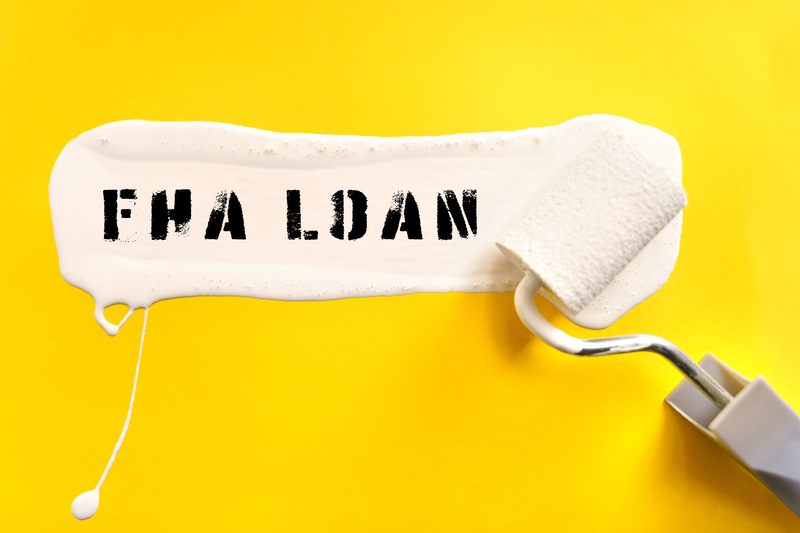efinancing your mortgage is a process that involves taking out a new loan to replace your existing loan. Refinancing your mortgage will allow you to borrow money generally at a better interest rate and repay the loan over a different time length as well as withdraw from or add to the equity of your home. If you are considering refinancing your mortgage, before beginning the process, it’s important to understand how the process works.
How Does Mortgage Refinancing Work?
The process of refinancing your mortgage involves the same steps as when you applied for the original mortgage loan. The first and one of the most important steps in the process is to shop around with various mortgage lenders to see which has the best offer for interest rates and other terms. Once you have gathered a few potential lenders, you can compare their offers with the terms of your existing mortgage loan. While you are comparing the offers make sure that you pay close attention to the closing costs. For instance, if it will cost $4000 upfront to refinance with a new lender and the new monthly payment is only $100 less than your current payment, you will need to remain in the home for a minimum of 40 months just to make the refinancing worth the switch.
Refinancing your mortgage works by getting a new mortgage loan that is used to pay off the original loan. The new monthly payments, interest rate, and length of the loan will be based on the terms of your new refinanced loan. For instance, if you refinance to a 20-year mortgage, the number of years that you have already paid on your original loan doesn’t matter, because the payment cycle for your new loan will start over and they will continue for 20 years. Also, if you owed money each month for PMI (private mortgage insurance) on the original loan, but the refinancing loan doesn’t include PMI, the amounts you previously paid each month for the PMI will not be included in the refinancing.
There are a number of reasons why you may want to refinance your mortgage, but the most common reason is because of changing rates or there is a need for money for home improvement projects. If your credit wasn’t the best when you were approved for the original loan, but it has since improved, the chances are good that you qualify for a mortgage loan with more favorable terms. The important thing to keep in mind is that you need to do your homework and research a few different mortgage loan companies in order to ensure that you are refinancing with the best options.









